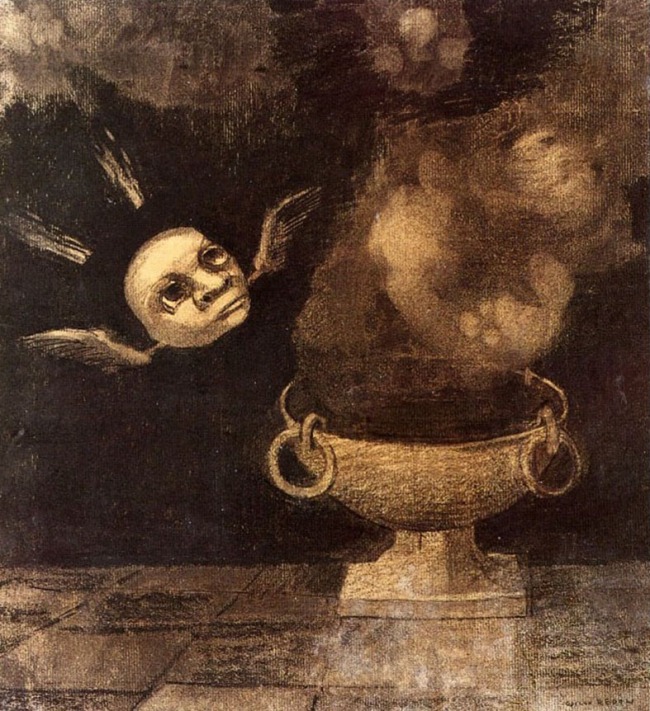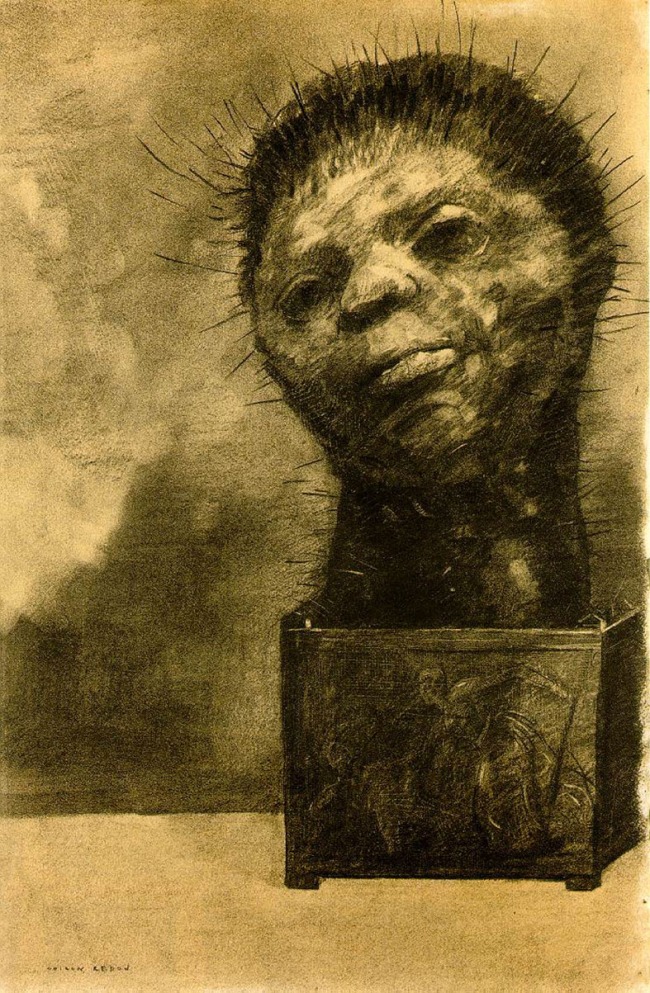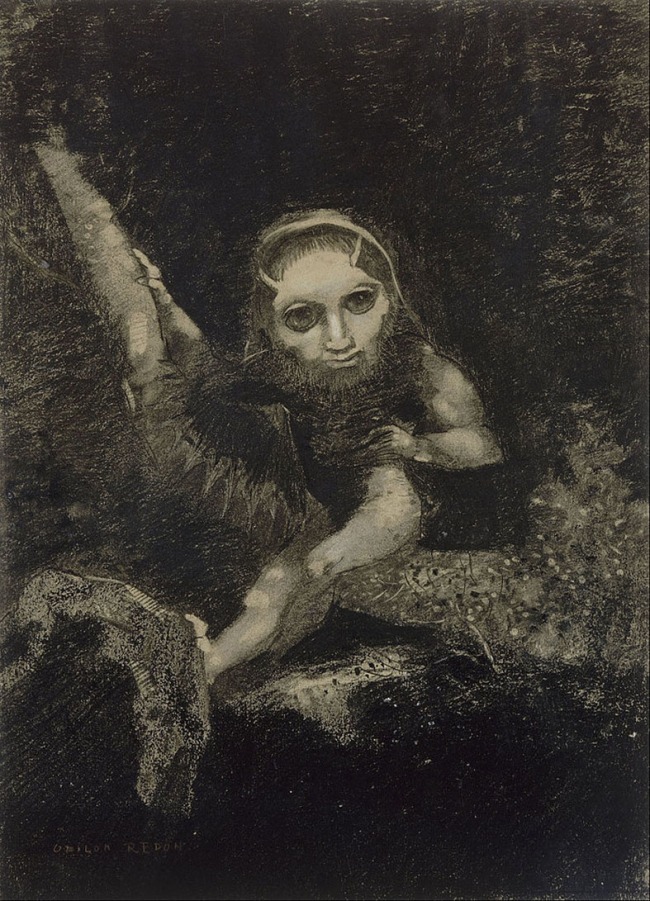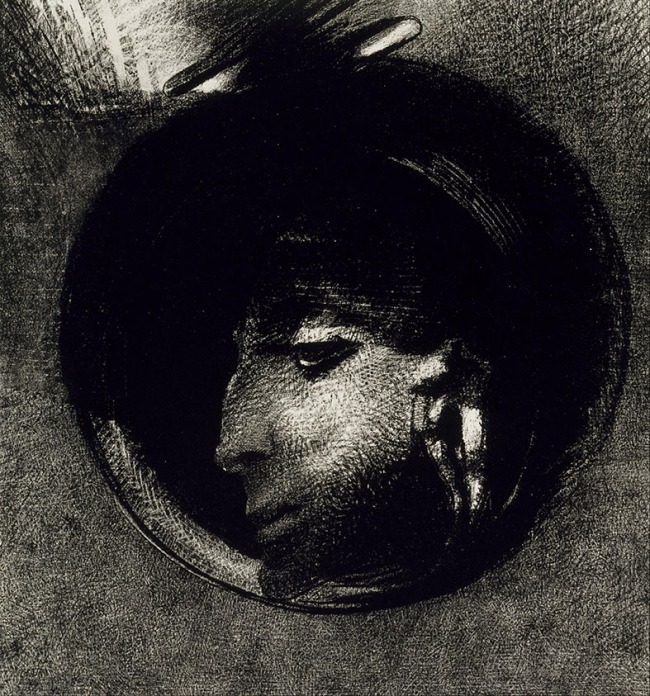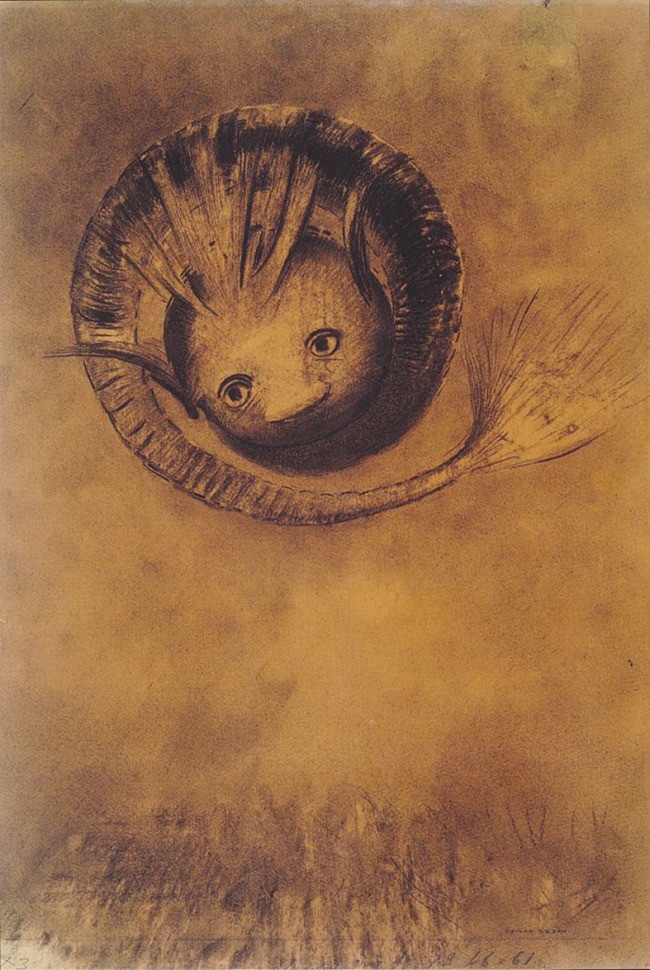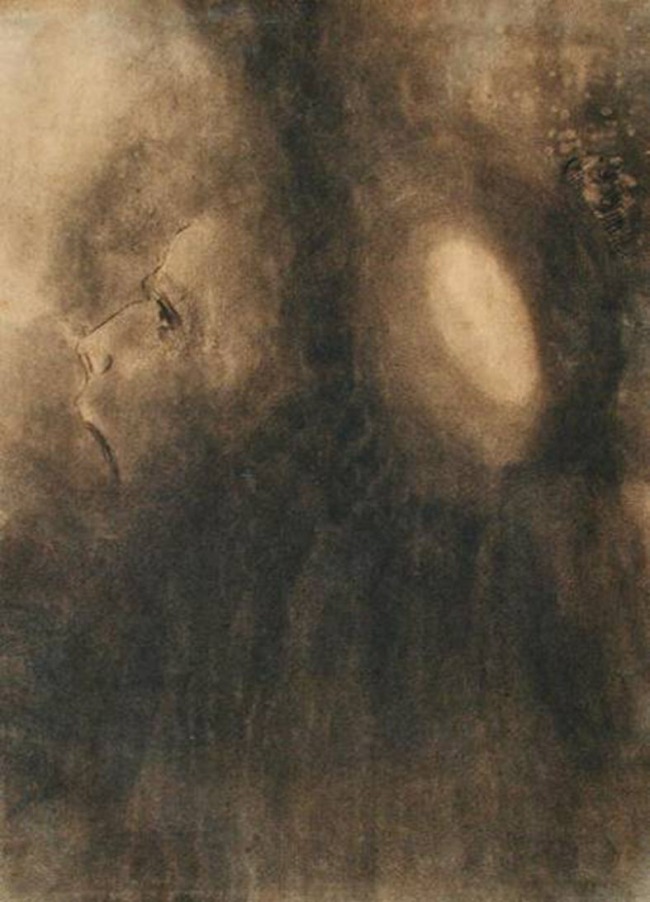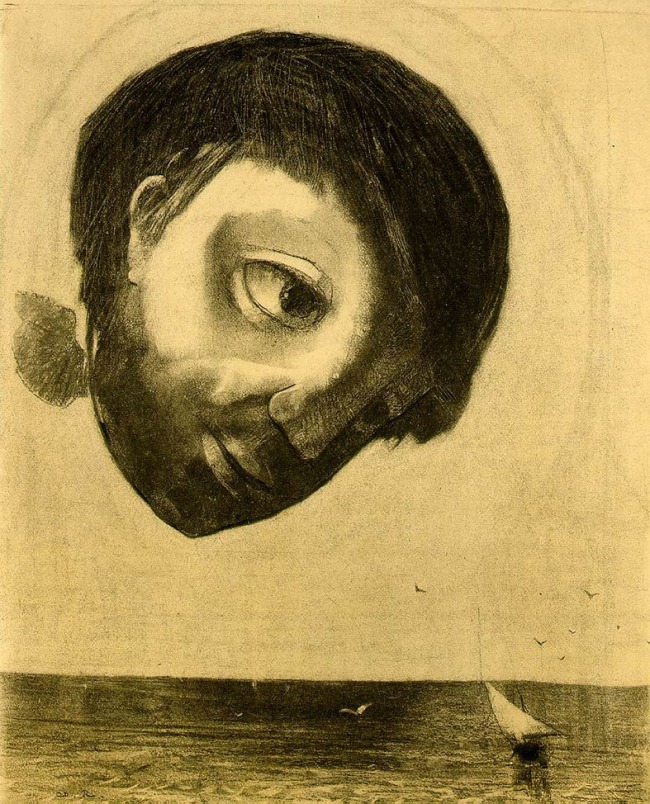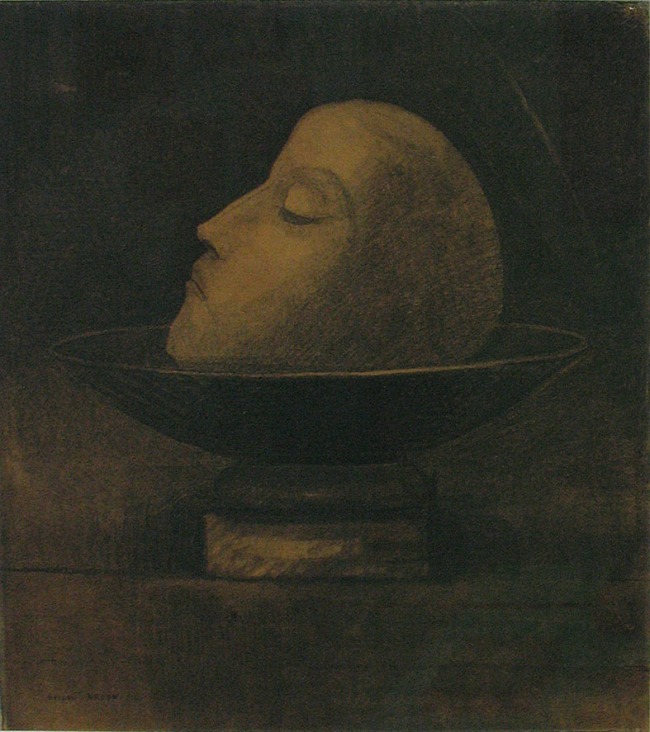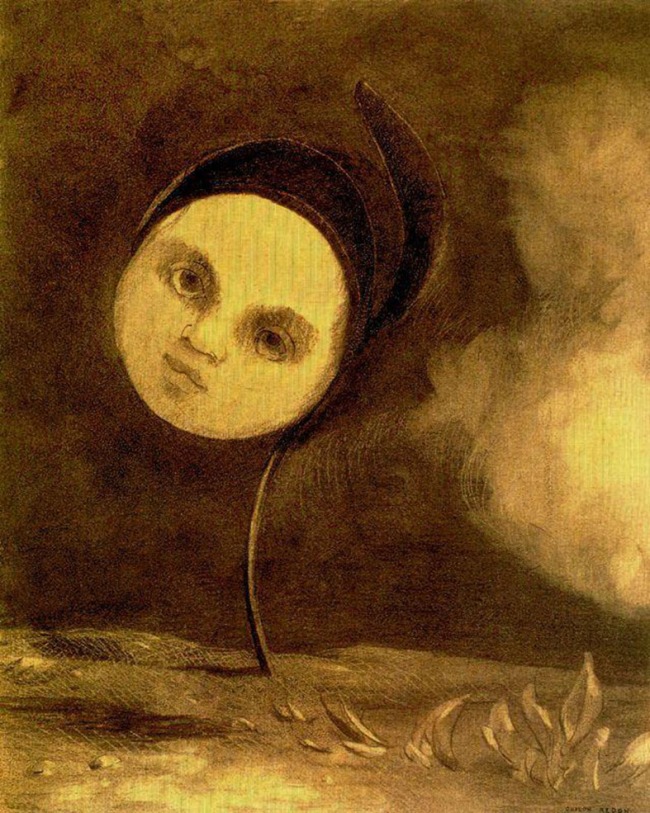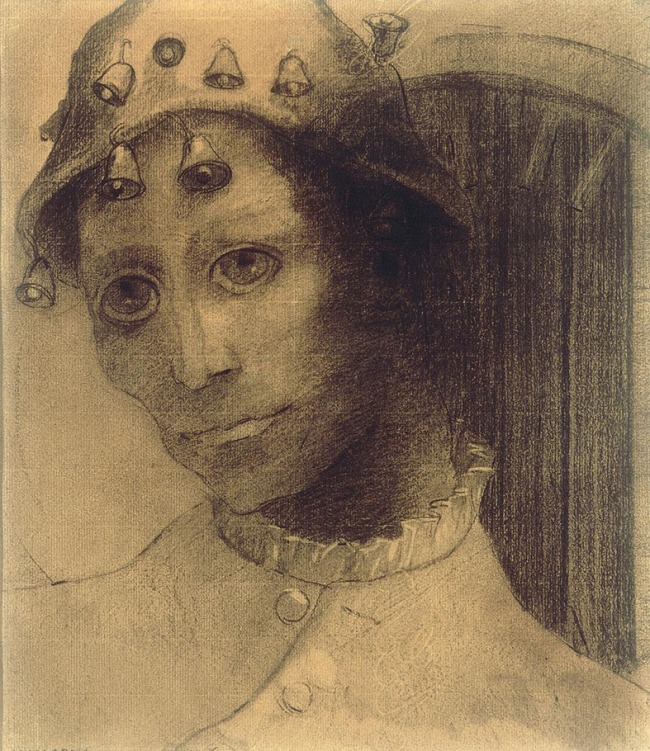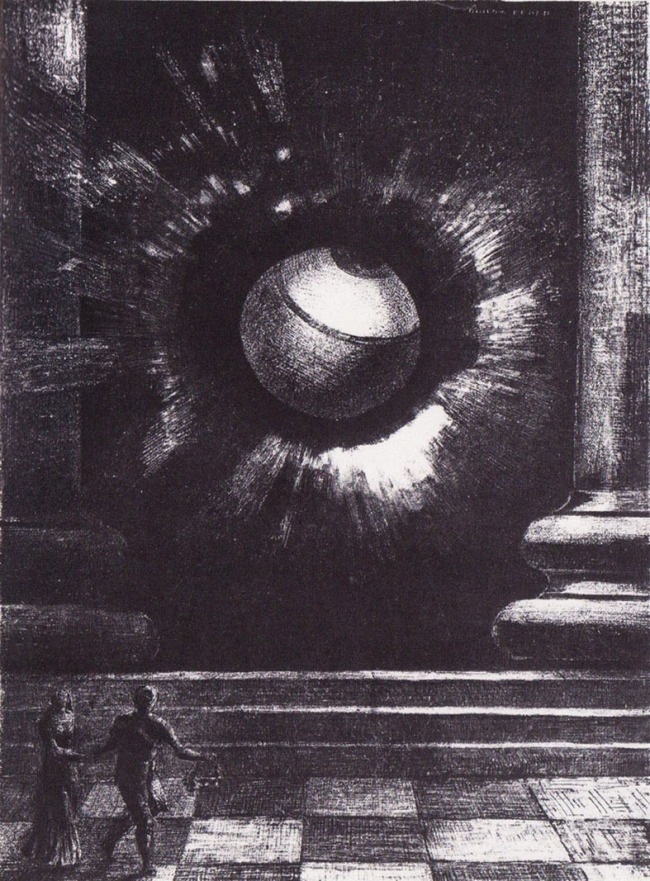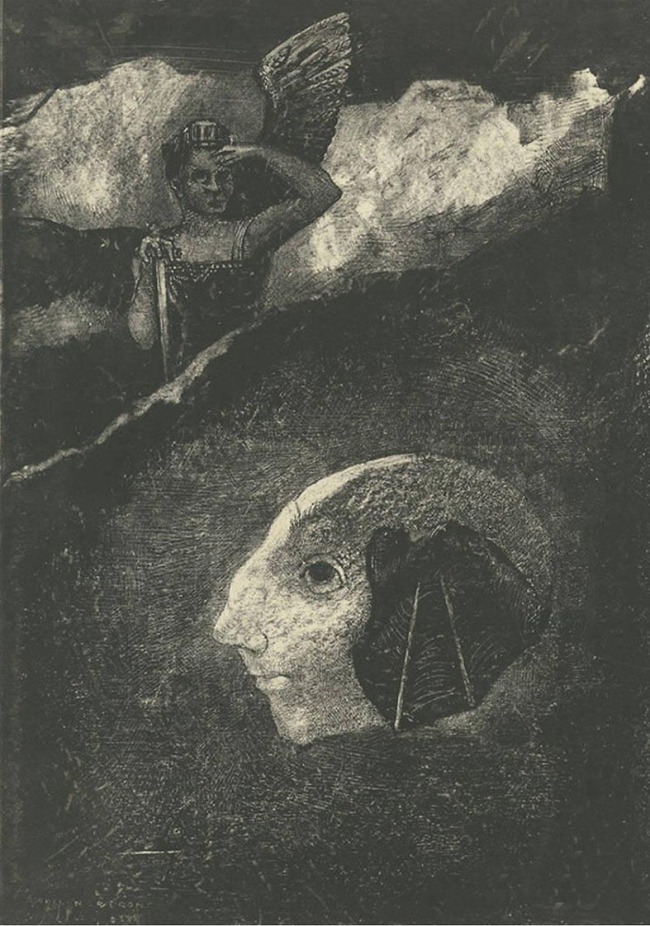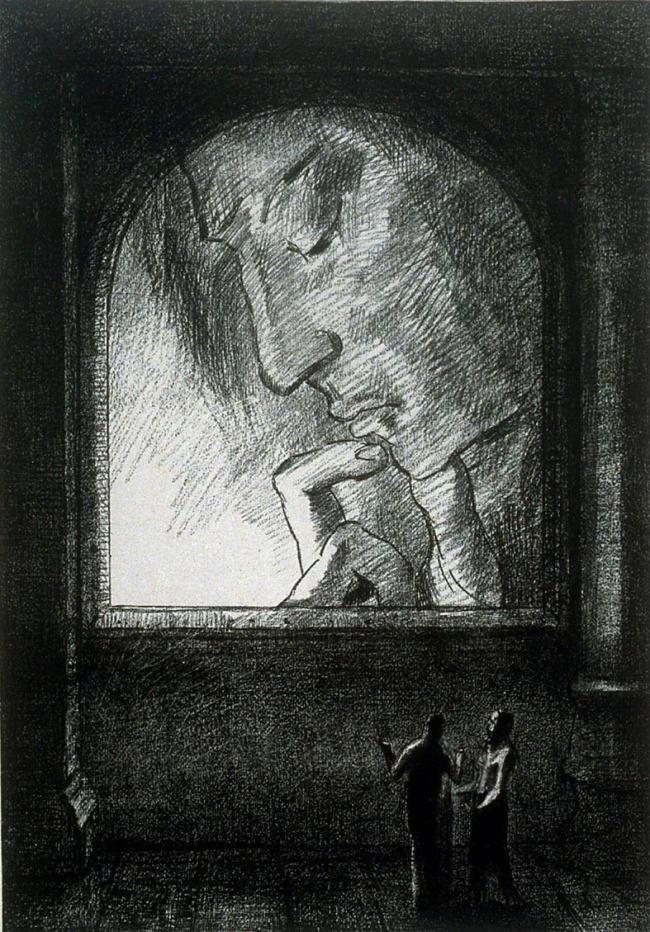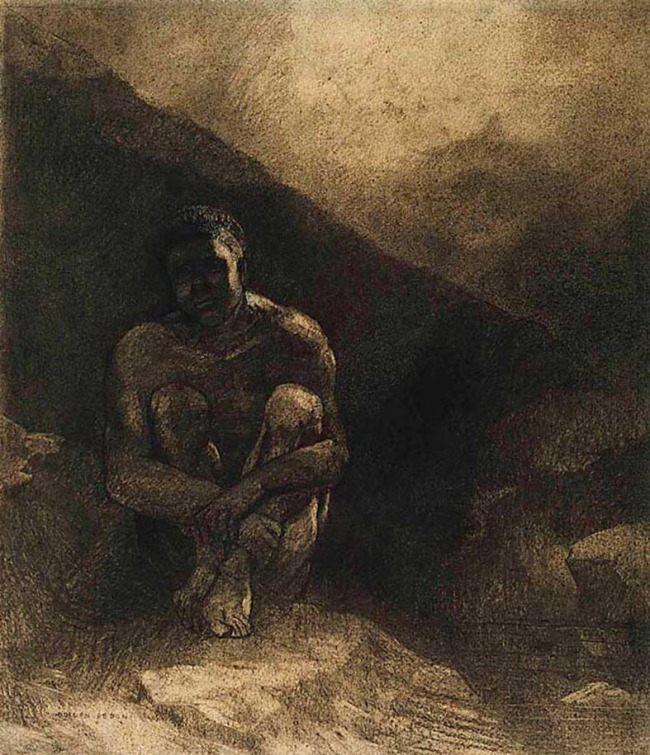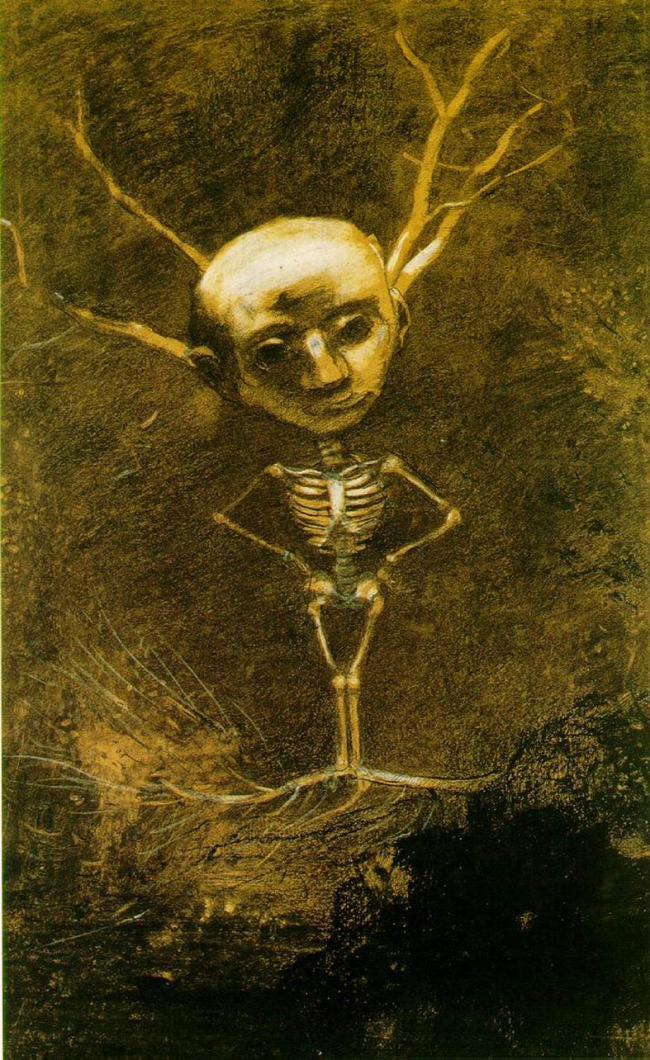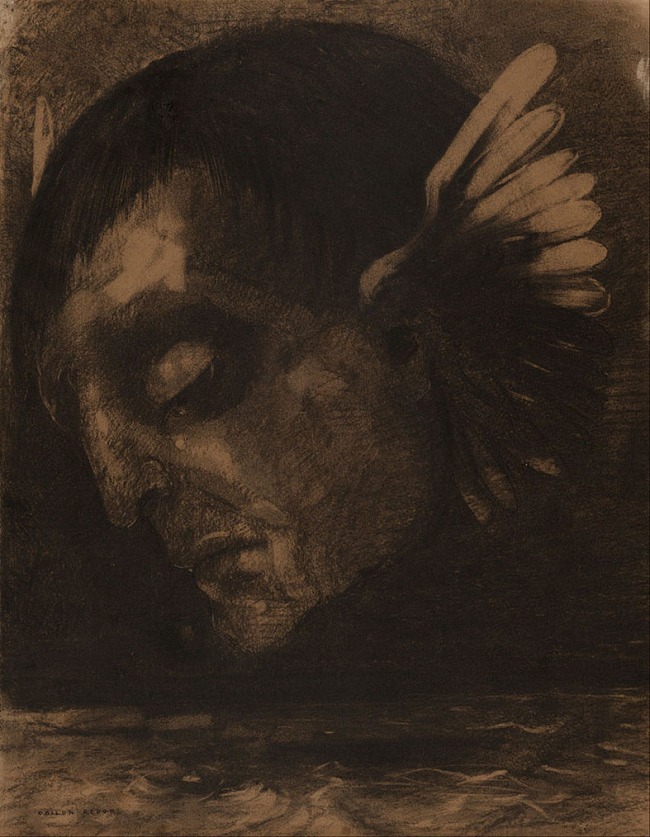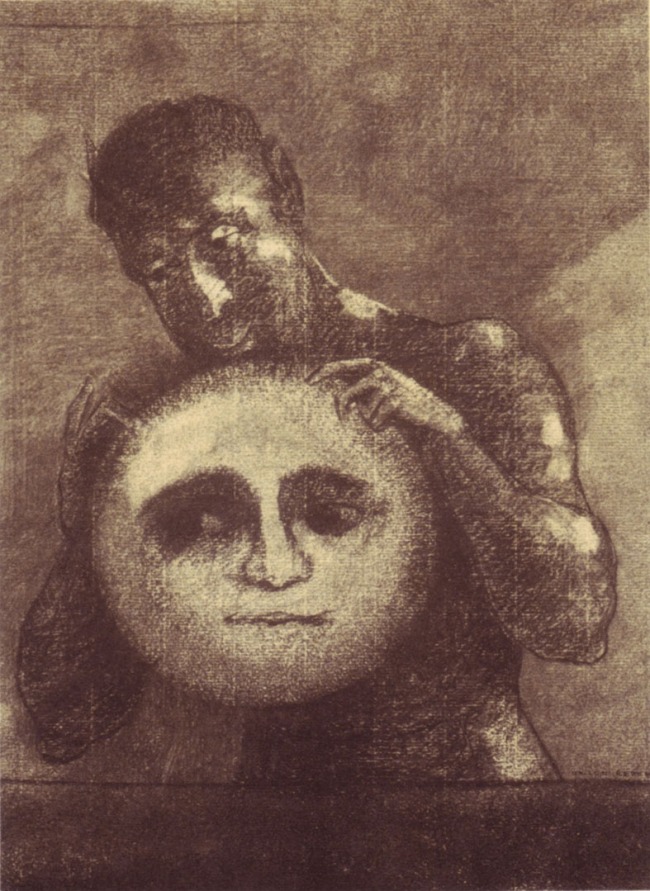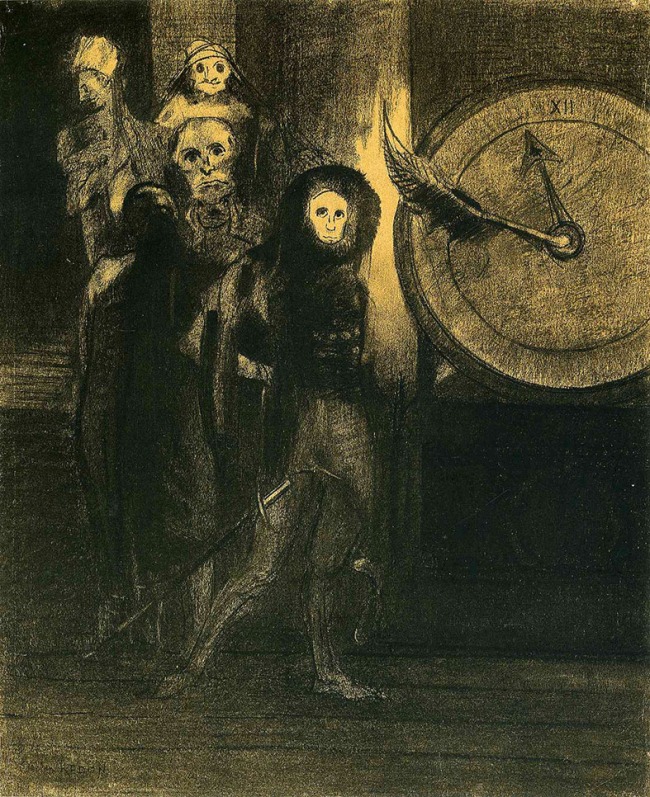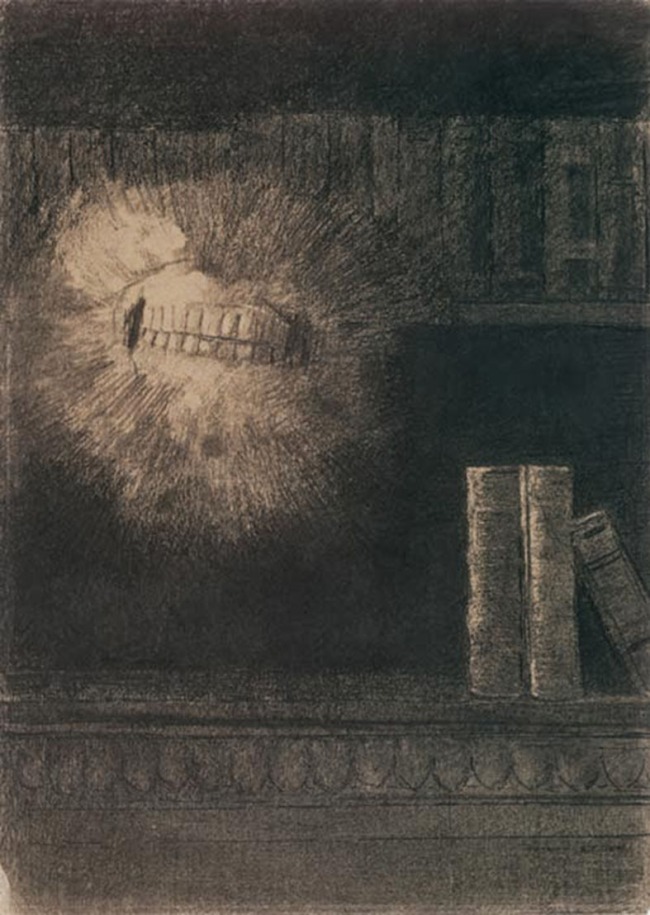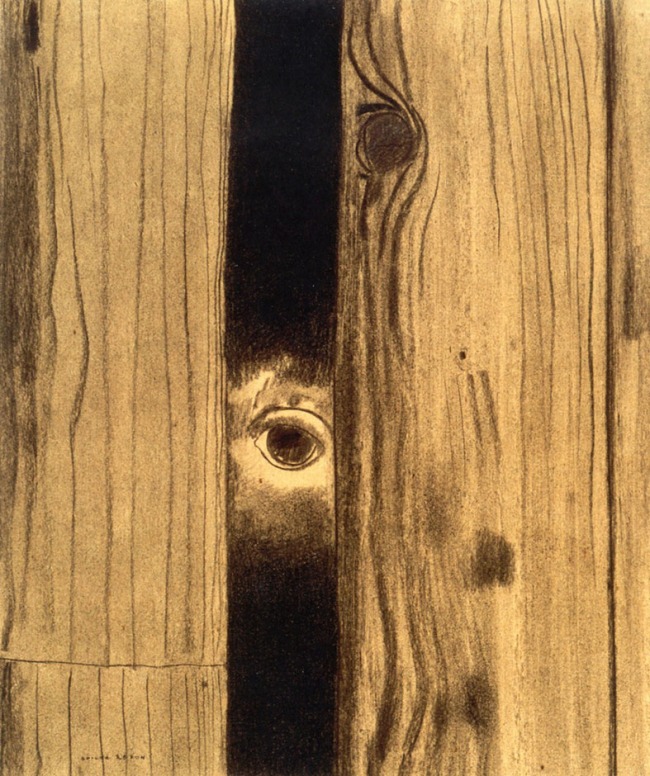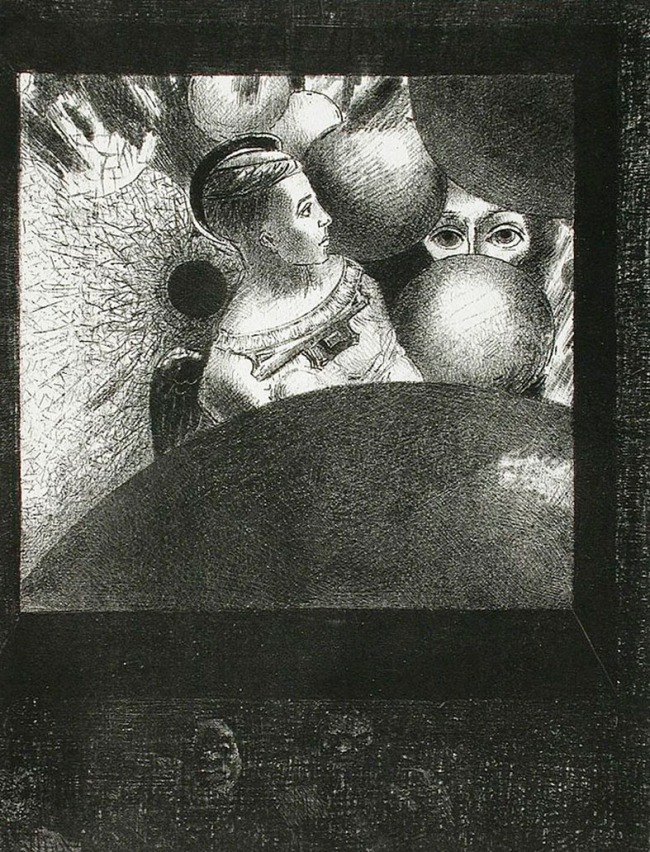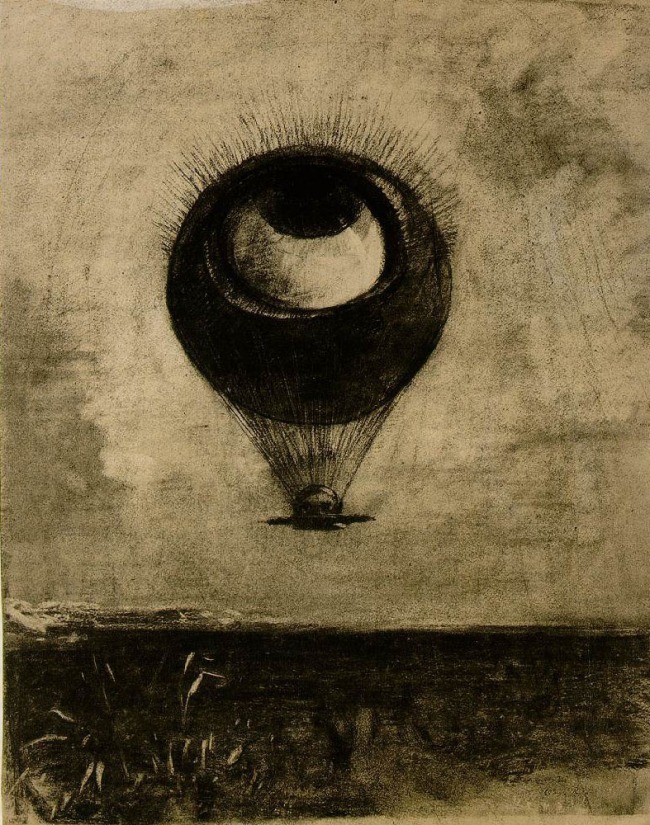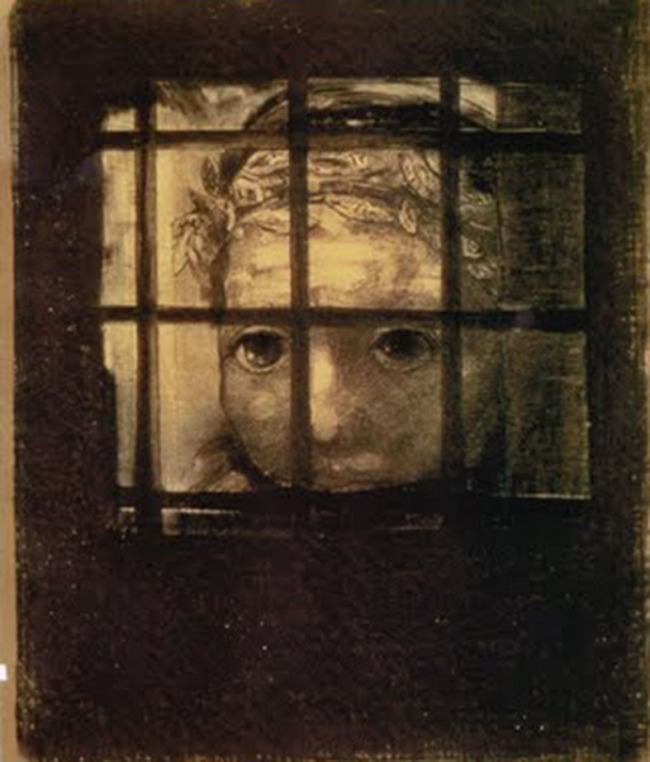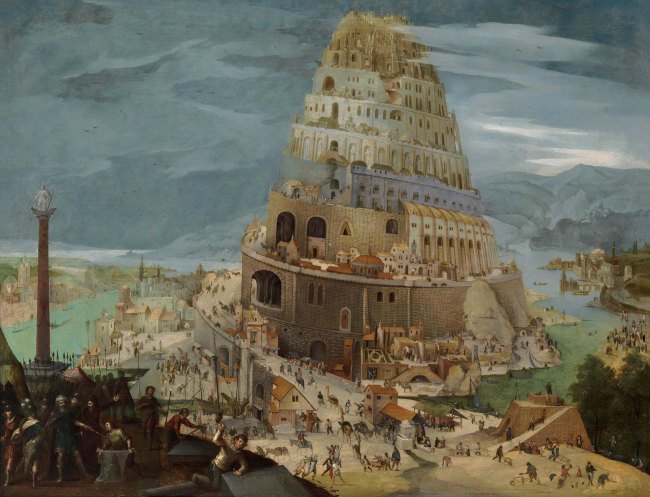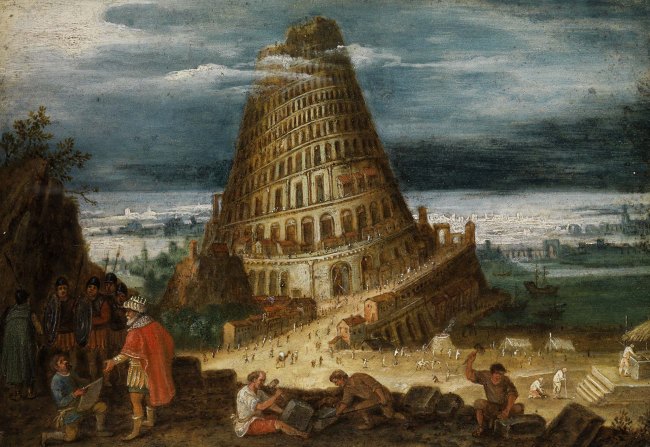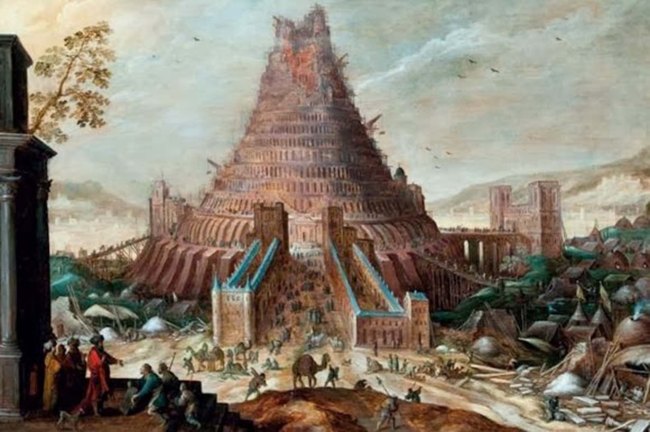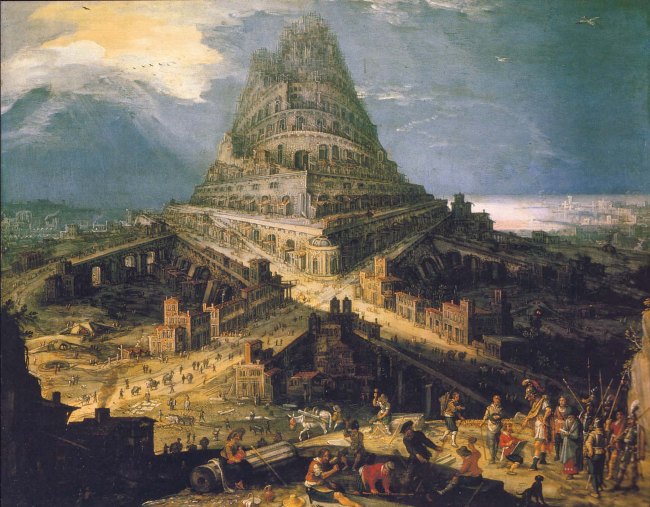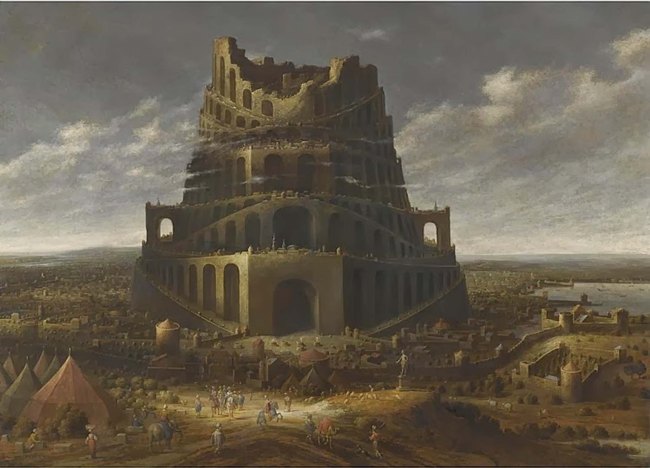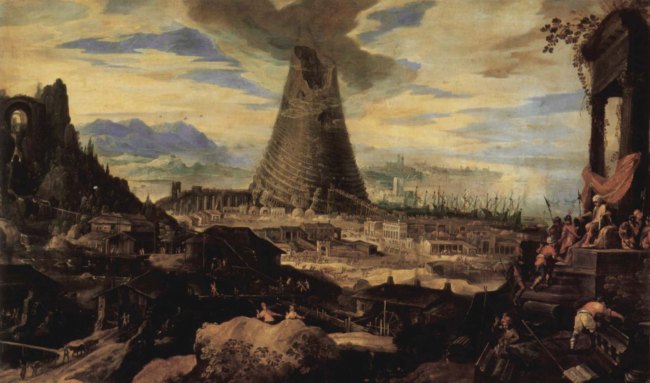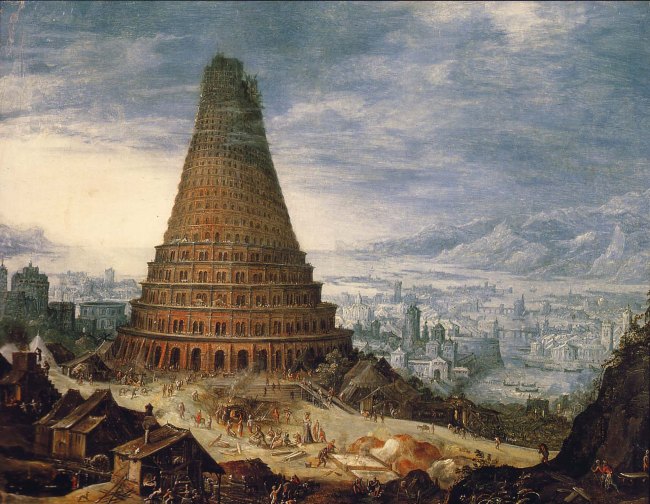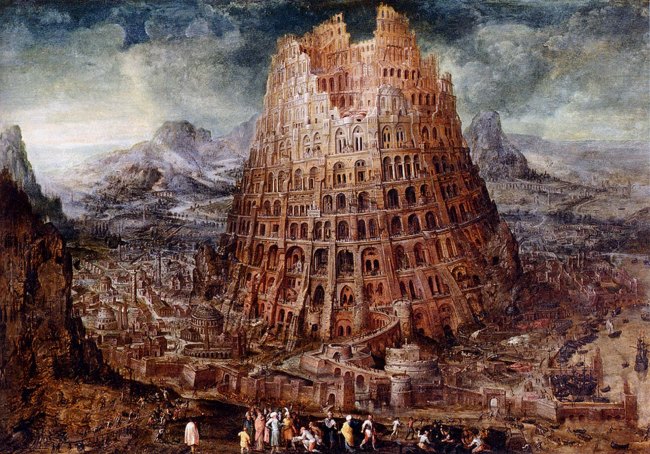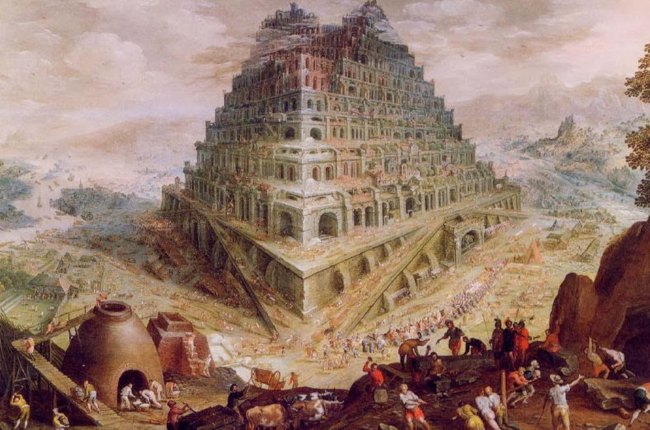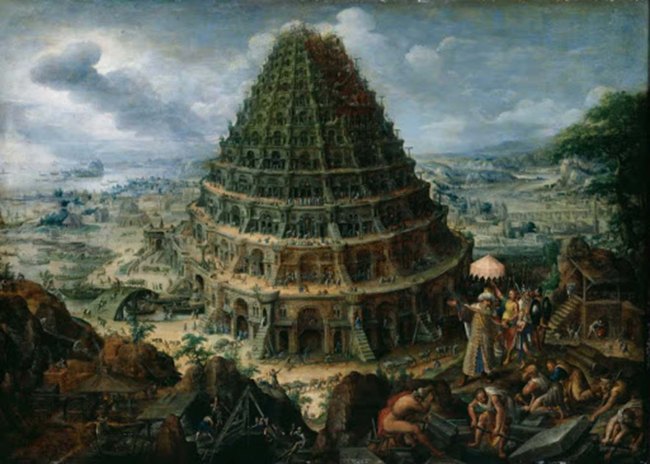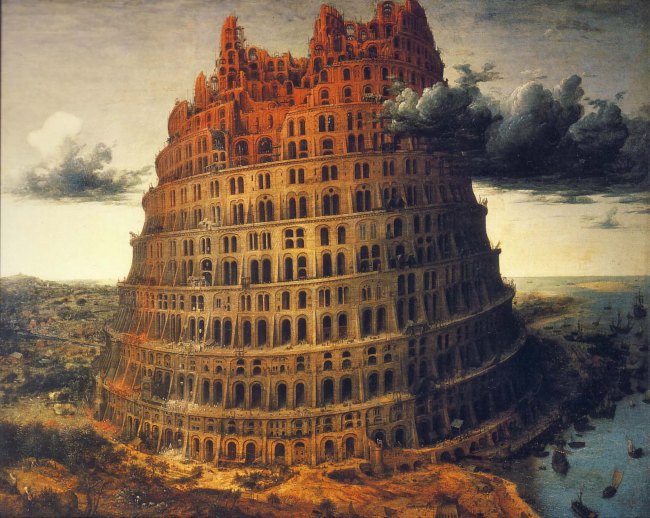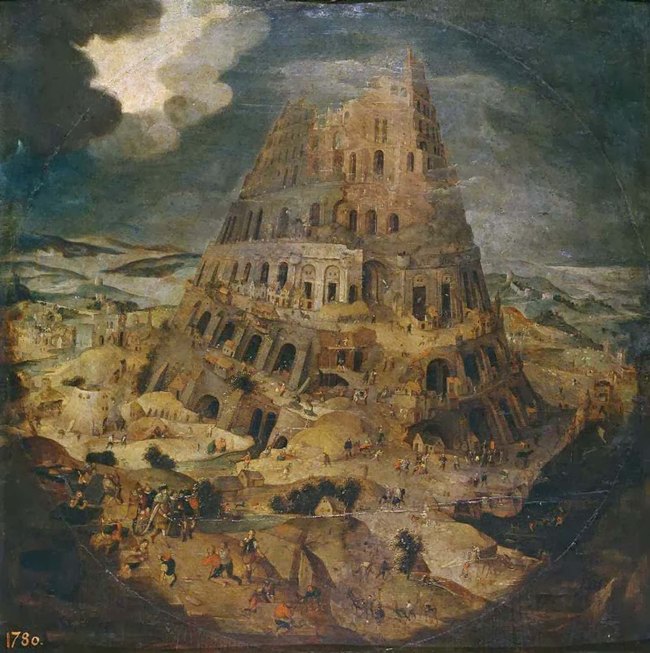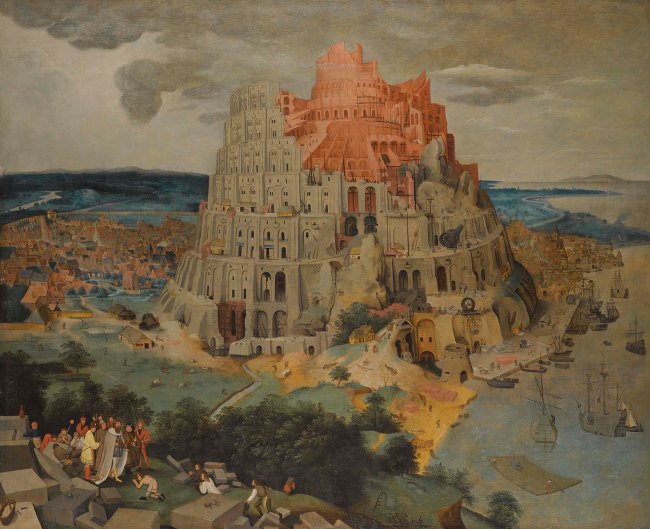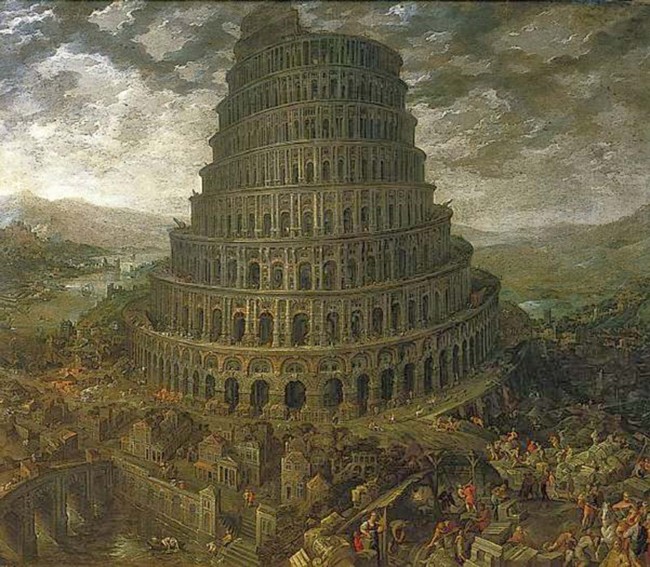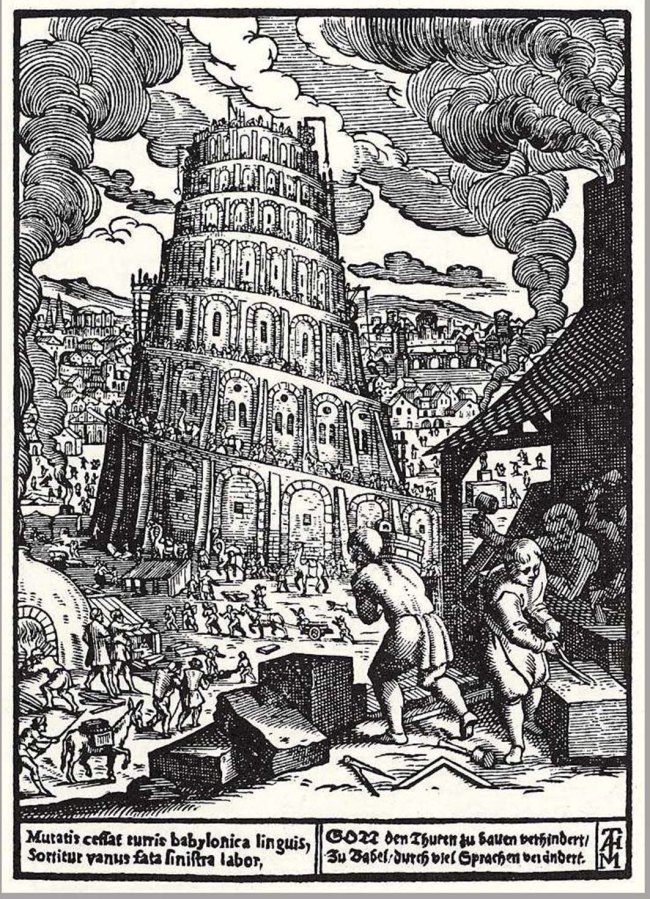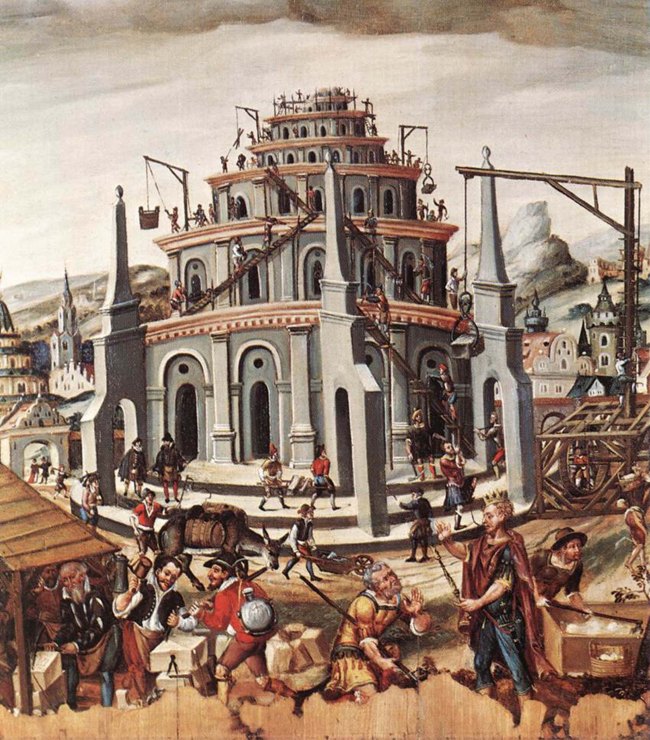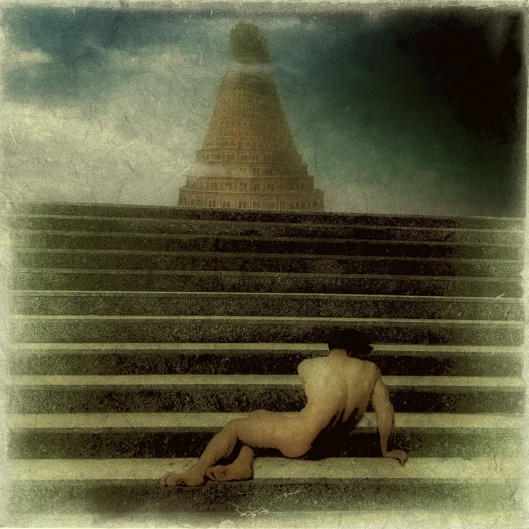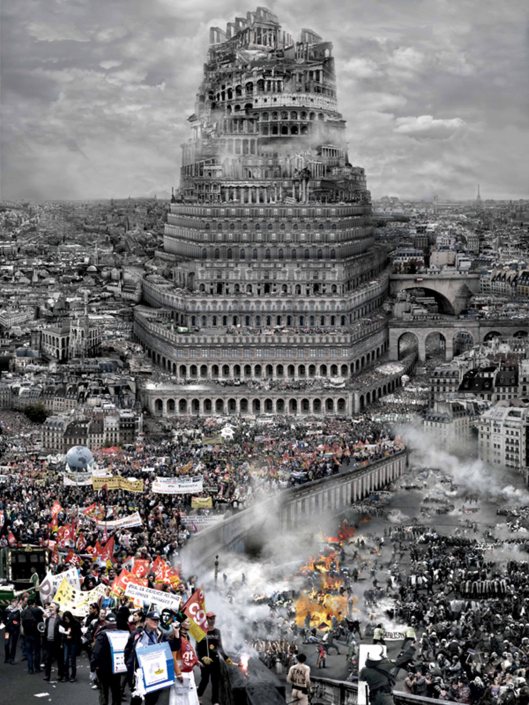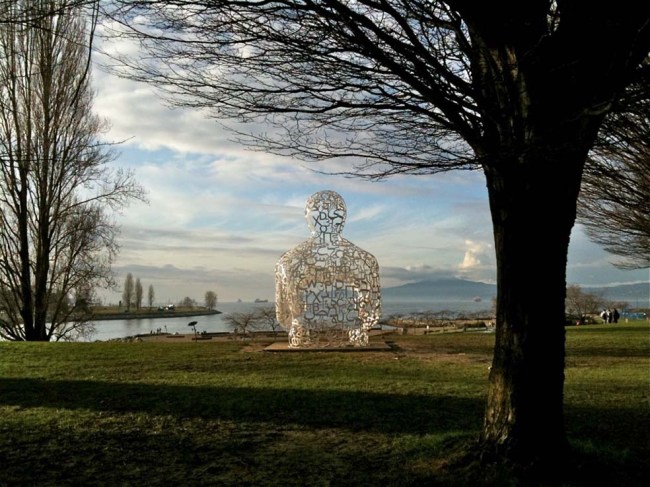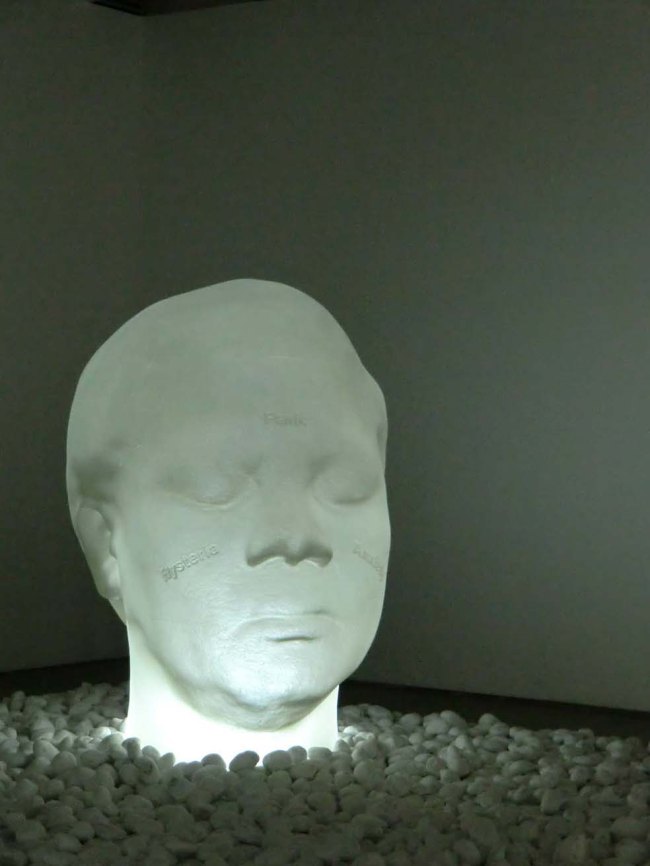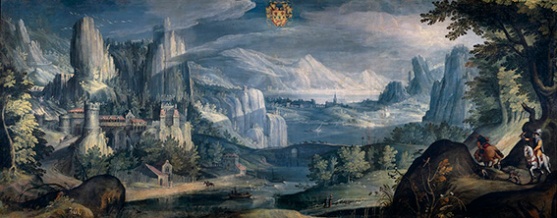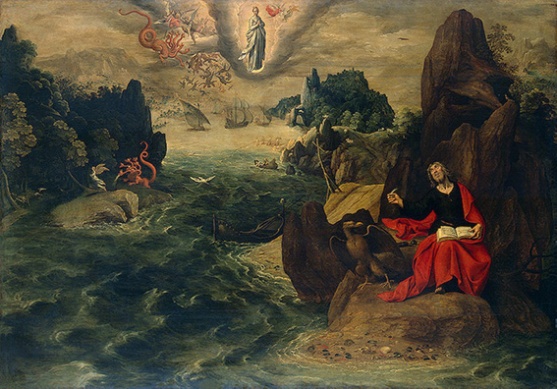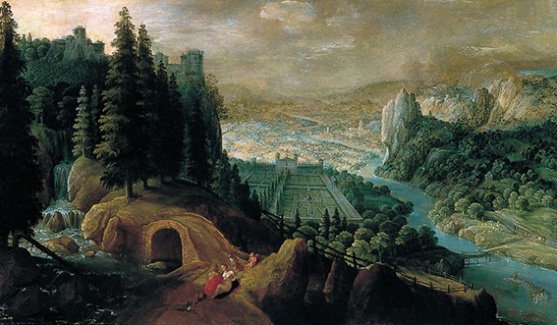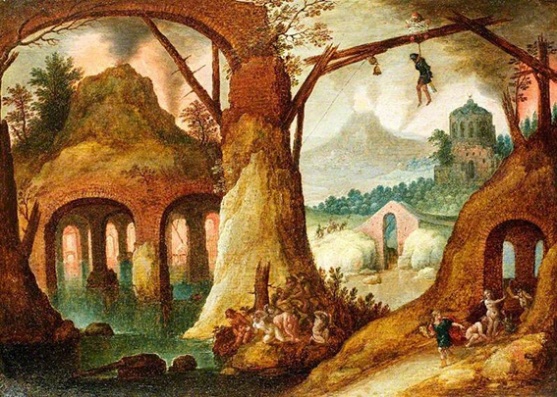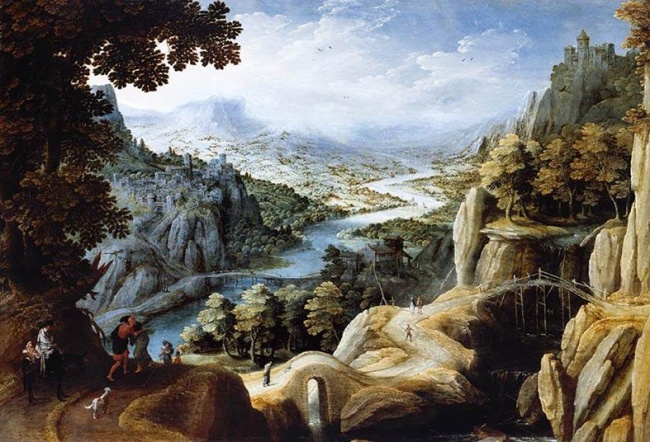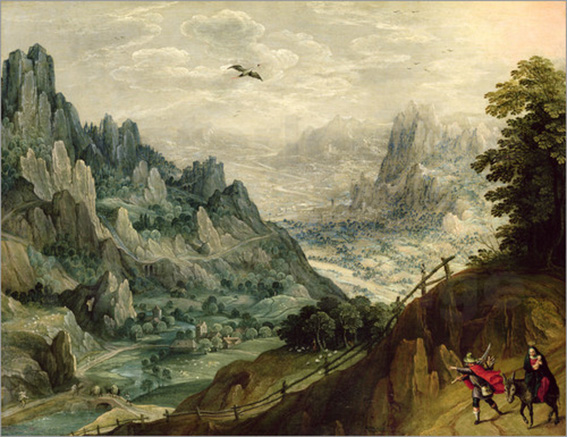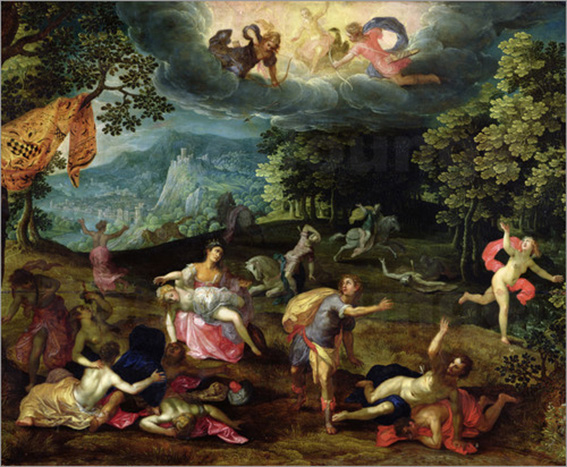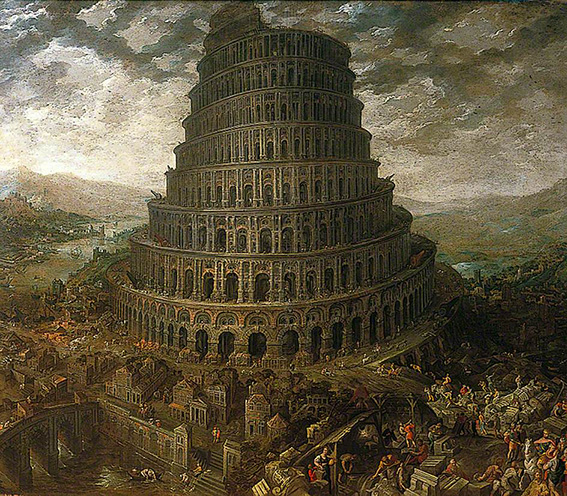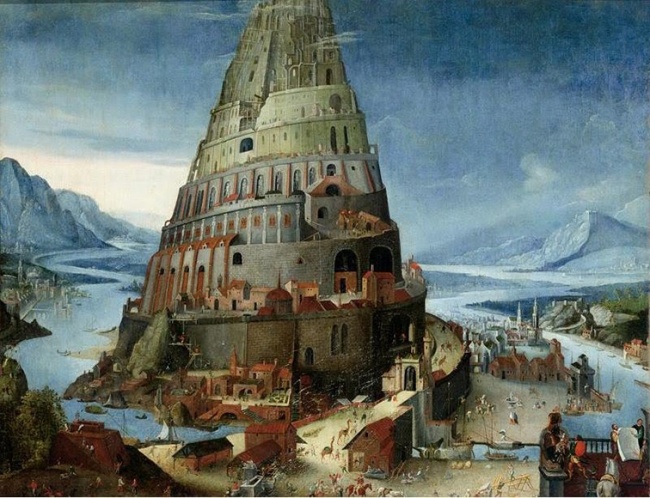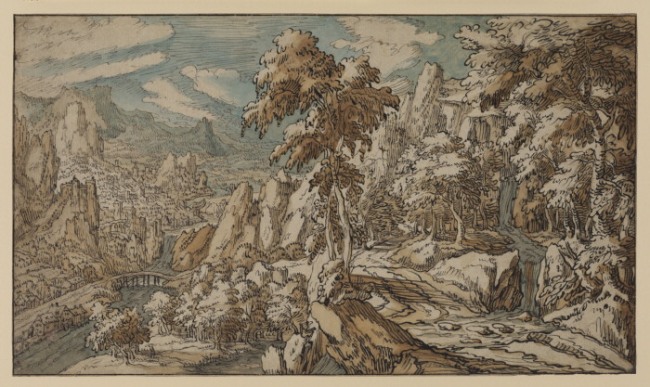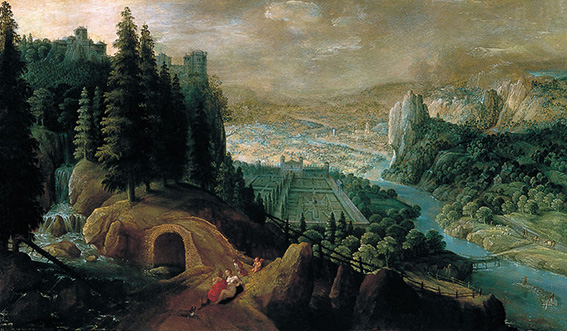 Representation of Sabbat gatherings from the chronicles of Johann Jakob Wick.1250
Representation of Sabbat gatherings from the chronicles of Johann Jakob Wick.1250
 Albrecht Dürer, A witch riding backwards on a goat, with four putti, two carrying an alchemist’s pot, a thorn apple plant. c.1500
Albrecht Dürer, A witch riding backwards on a goat, with four putti, two carrying an alchemist’s pot, a thorn apple plant. c.1500
 Hans Baldung, Witches Sabbath 1510
Hans Baldung, Witches Sabbath 1510
 Attributed to Andries Jacobsz, Preparations for a Witches Sabbath 1610
Attributed to Andries Jacobsz, Preparations for a Witches Sabbath 1610
 David Ryckaert, La ronde des Farfadets 17th c
David Ryckaert, La ronde des Farfadets 17th c
Cornelis Saftleven, Witches’ Sabbath 1650
 David Ryckaert, La ronde des Farfadets 17thc
David Ryckaert, La ronde des Farfadets 17thc
 Dominicus van Wijnen, Witchcraft Scene 17thc
Dominicus van Wijnen, Witchcraft Scene 17thc Frans Francken, The Witches’ Sabbath 1606
Frans Francken, The Witches’ Sabbath 1606
 Jacob van Swanenburgh, Witches Sabbath In Roman Palace Ruins, 1608
Jacob van Swanenburgh, Witches Sabbath In Roman Palace Ruins, 1608
 Salvator Rosa, The Witches’ Morning-1645-1649
Salvator Rosa, The Witches’ Morning-1645-1649
 Salvator Rosa, The Witches’ Morning-1645-1649
Salvator Rosa, The Witches’ Morning-1645-1649
 Salvator Rosa, The Witches’ Sabbath 1635
Salvator Rosa, The Witches’ Sabbath 1635
 Attributed to Luis Paret y Alcázar Date 1746-1799
Attributed to Luis Paret y Alcázar Date 1746-1799
 Francisco de Goya y Lucientes, El Aquelarre 1797
Francisco de Goya y Lucientes, El Aquelarre 1797
 Francisco de Goya y Lucientes, Witches Flight 1797
Francisco de Goya y Lucientes, Witches Flight 1797
 Francisco de Goya y Lucientes, Witches Sabbath c1800
Francisco de Goya y Lucientes, Witches Sabbath c1800
 Francisco de Goya y Lucientes, Witches’ Sabbath 1821
Francisco de Goya y Lucientes, Witches’ Sabbath 1821
The Witches’ Sabbath or Sabbat is a meeting of those who practice witchcraft and other rites.
European records indicate cases of persons being accused or tried for taking part in Sabbat gatherings, from the Middle Ages to the 17th century or later. The English word “sabbat” is of obscure etymology and late diffusion, and local variations of the name given to witches’ gatherings were frequent. “Sabbat” came indirectly from Hebrew שַׁבָּת (Shabbath, “day of rest”). In modern Judaism, Shabbat is the rest day celebrated from Friday evening to Saturday nightfall; in modern Christianity, Sabbath refers to Sunday, or to a time period similar to Shabbat in the seventh-day church minority. In connection with the medieval beliefs in the evil power of witches and in the malevolence of Jews and Judaizing heretics (both being Sabbathkeepers), satanic gatherings of witches were by outsiders called “sabbats”, “synagogues”, or “convents”. I n spite of the number of times that authorities retold stories of the sabbat, modern researchers have been unable to find any corroboration that any such event ever occurred. Beleif in the existence of witches was widespread in late medieval and early-modern Europe. Many religious authorities believed there was a vast underground conspiracy of witches who were responsible for the horrific famines, plague, warfare, and problems in the Catholic Church that became endemic in the fourteenth century. By blaming witches, religious authorities provided a handy scapegoat for those who might otherwise question God’s goodness. Stories of the sabbat had prurient and orgiastic elements, which caused these stories to be told and retold. In effect, the sabbat acted as an effective ‘advertising’ gimmick, causing knowledge of what these authorities believed to be the very real threat of witchcraft to be spread more rapidly across the continent. Unfortunately that also meant that stories of the sabbat promoted the hunting, prosecution, and execution of supposed witches. The descriptions of Sabbats were made or published by priests, jurists and judges who never took part in these gatherings, or were transcribed during the process of the witchcraft trials. That these testimonies reflect actual events is for most of the accounts considered doubtful. Norman Cohn argued that they were determined largely by the expectations of the interrogators and free association on the part of the accused, and reflect only popular imagination of the times, influenced by ignorance, fear, and religious intolerance towards minority groups. Some of the existing accounts of the Sabbat were given when the person recounting them was being tortured. and so motivated to agree with suggestions put to them.
Many of the diabolical elements of the Witches’ Sabbath stereotype, such as the eating of babies, poisoning of wells, desecration of hosts or kissing of the devil’s anus, were also made about heretical Christian sects, lepers, Muslims, and Jews. The term is the same as the normal English word “Sabbath” (itself a transliteration of Hebrew “Shabbat”, the seventh day, on which the Creator rested after creation of the world), referring to the witches’ equivalent to the Christian day of rest; a more common term was “synagogue” or “synagogue of Satan”, possibly reflecting anti-Jewish sentiment, although the acts attributed to witches bear little resemblance to the Sabbath in Christianity or Jewish Shabbat customs
 Johann Heinrich Füssli, The Night-Hag Visiting Lapland Witches 1796
Johann Heinrich Füssli, The Night-Hag Visiting Lapland Witches 1796
 Parmigianino , The witches’ sabbath c.1732
Parmigianino , The witches’ sabbath c.1732
 Antoine Wiertz,The Young Sorceress 1857
Antoine Wiertz,The Young Sorceress 1857
 Claude Gillot Witches’ Sabbath 1871
Claude Gillot Witches’ Sabbath 1871
 Luis Ricardo Falero, Faust’s Dream 1878
Luis Ricardo Falero, Faust’s Dream 1878
 Luis Ricardo Falero, The Witches Sabbath 1875
Luis Ricardo Falero, The Witches Sabbath 1875
 Luis Ricardo Falero, Witches going to their Sabbath 1878
Luis Ricardo Falero, Witches going to their Sabbath 1878
 Martin van Maele, La Sorcière 1911
Martin van Maele, La Sorcière 1911
 Martin van Maële. Illustration de La sorcière, de Jules Michelet. 1911.
Martin van Maële. Illustration de La sorcière, de Jules Michelet. 1911.

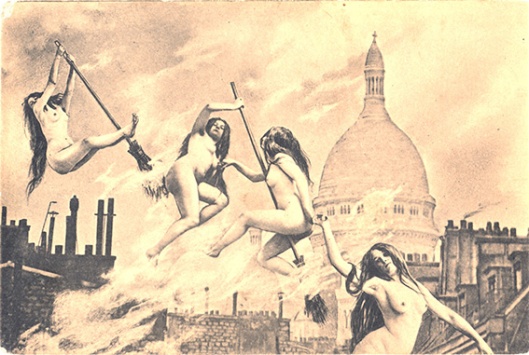
 French postcard, Witches’ Sabbat in Paris c1910
French postcard, Witches’ Sabbat in Paris c1910
 Paul F. Berdanier , The Witches’ Sabbath a la Mode c1935
Paul F. Berdanier , The Witches’ Sabbath a la Mode c1935
 Alter Ego 2009
Alter Ego 2009 Bite 2007
Bite 2007  Boarding House 2008
Boarding House 2008  Boxed rabbit
Boxed rabbit  Cat catcher 1998
Cat catcher 1998  Complex Ambiguity 2007
Complex Ambiguity 2007  Contemplation 2007
Contemplation 2007  Conversation 2003
Conversation 2003  Culmination 2007
Culmination 2007  Displaced 2011
Displaced 2011  Dresie and Casie, Twins, Western Transval, 1993
Dresie and Casie, Twins, Western Transval, 1993 Escapee 2011
Escapee 2011  Five hands 2006
Five hands 2006 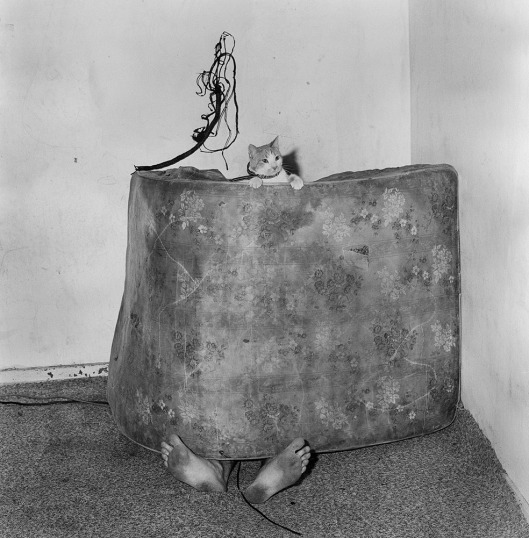 Fraught 2003
Fraught 2003  Head-inside-shirt-2001
Head-inside-shirt-2001  Hungry dog, 2003
Hungry dog, 2003  Pielie 2012
Pielie 2012  Portrait of sleeping girl 2000
Portrait of sleeping girl 2000  Scavenging 2004
Scavenging 2004  Skin and bones2007
Skin and bones2007  Under the moon 2000
Under the moon 2000

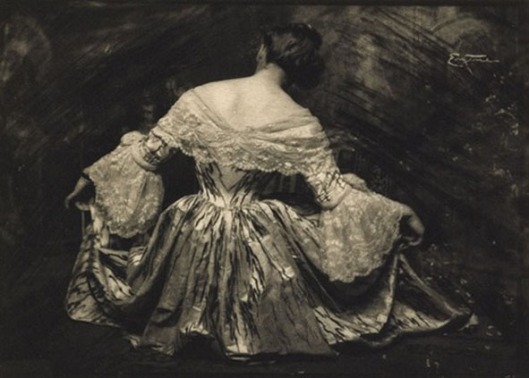 Minuet
Minuet Anne Königer Smith
Anne Königer Smith
 Nude in Walking Stance
Nude in Walking Stance The Oriental Bride
The Oriental Bride Adam and Eve
Adam and Eve The Song of the Lily
The Song of the Lily The archer
The archer
 Nude Man with Harp,
Nude Man with Harp,



 Sphinx
Sphinx

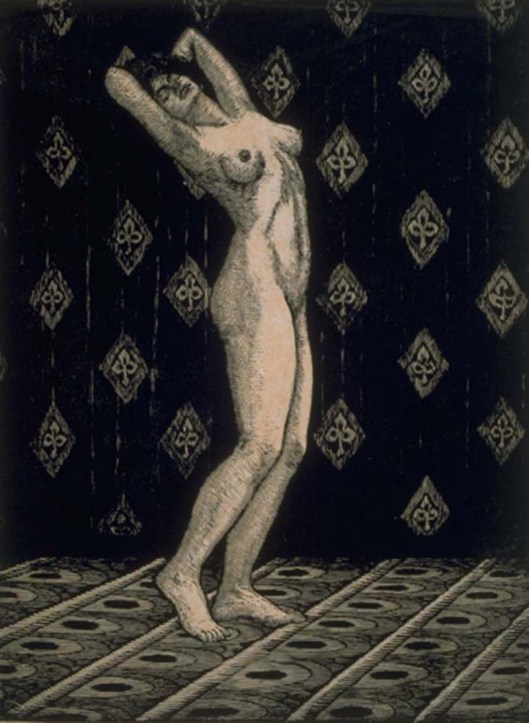

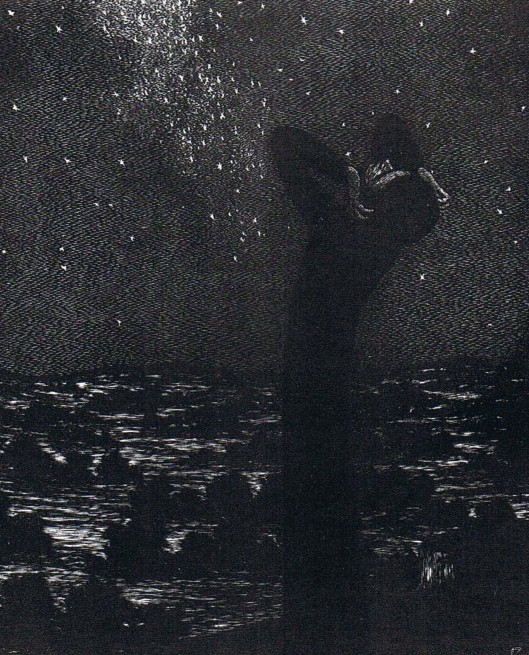
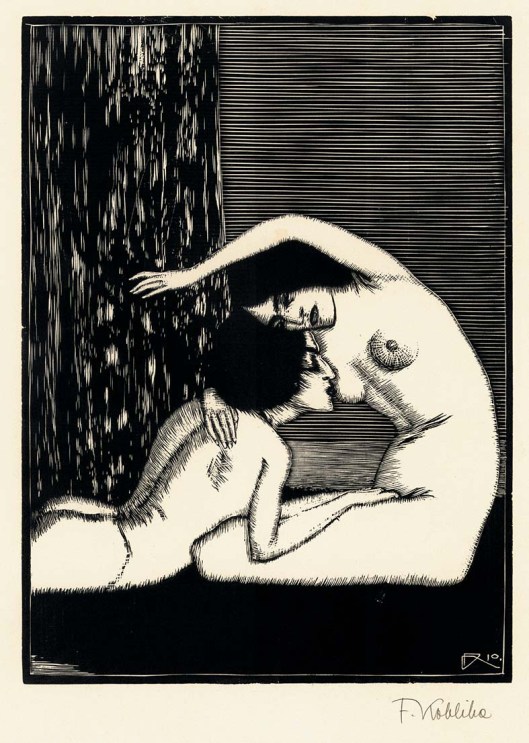
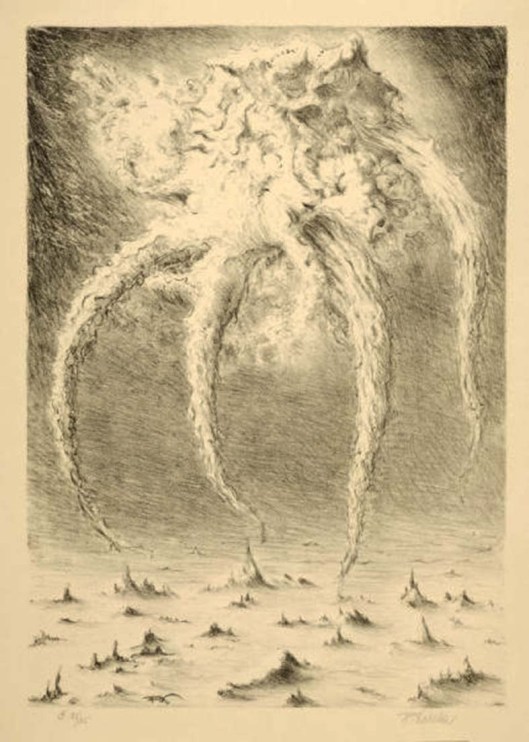


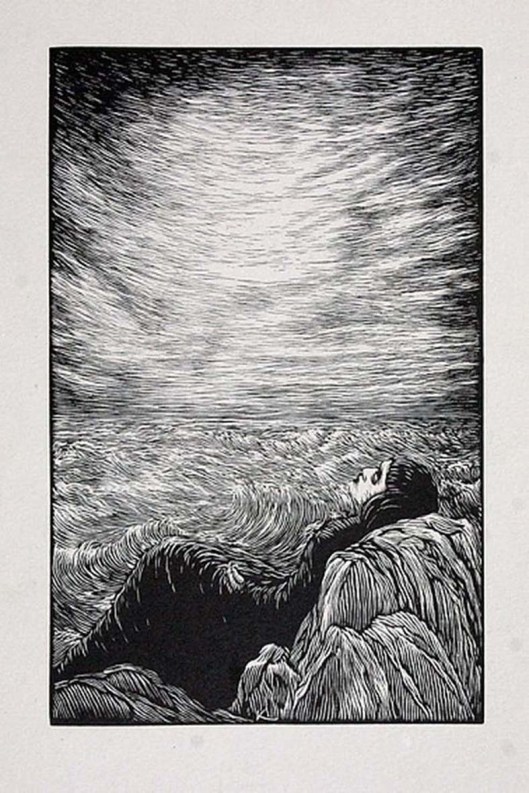

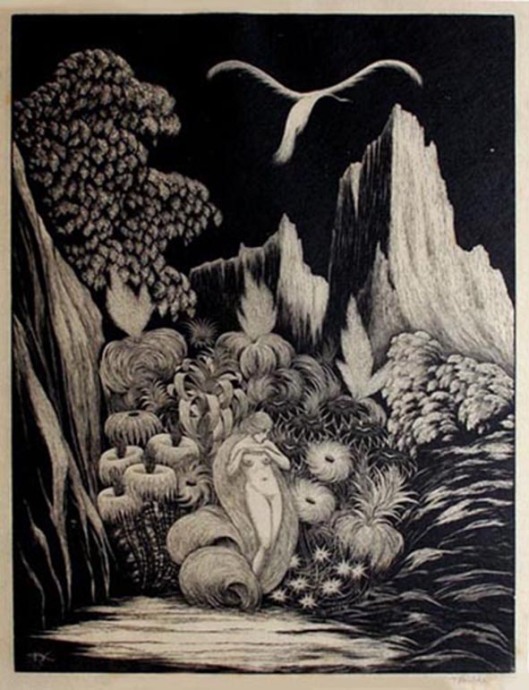
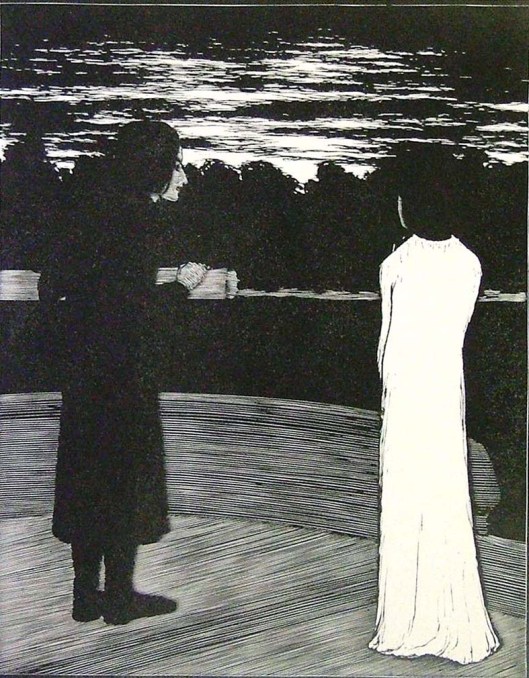
 Nu
Nu
 Nu
Nu

 Female Couple
Female Couple Two women embracing
Two women embracing


 Nude Woman Tipped Over
Nude Woman Tipped Over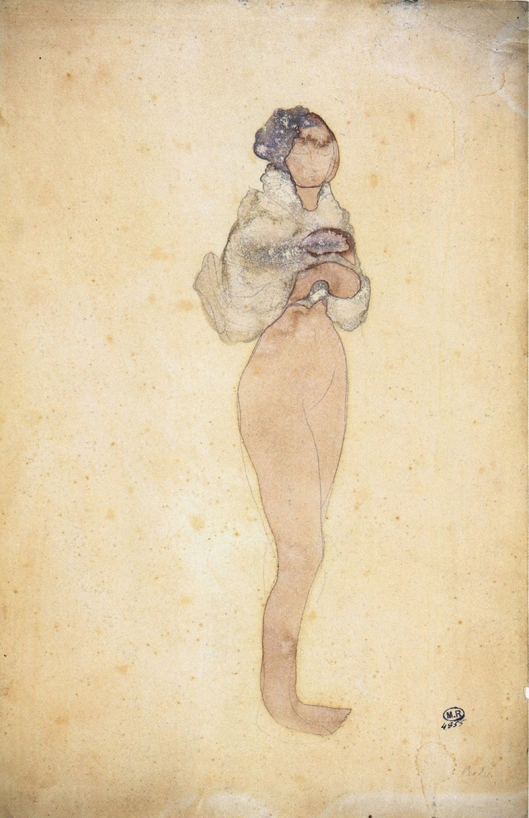 La Cigale
La Cigale
 Femme nue agenouillée vers la droite
Femme nue agenouillée vers la droite Femme nue de face
Femme nue de face Le présage
Le présage

 Nu
Nu

 Representation of Sabbat gatherings from the chronicles of Johann Jakob Wick.1250
Representation of Sabbat gatherings from the chronicles of Johann Jakob Wick.1250 Albrecht Dürer, A witch riding backwards on a goat, with four putti, two carrying an alchemist’s pot, a thorn apple plant. c.1500
Albrecht Dürer, A witch riding backwards on a goat, with four putti, two carrying an alchemist’s pot, a thorn apple plant. c.1500  Hans Baldung, Witches Sabbath 1510
Hans Baldung, Witches Sabbath 1510
 David Ryckaert, La ronde des Farfadets 17th c
David Ryckaert, La ronde des Farfadets 17th c
 Dominicus van Wijnen, Witchcraft Scene 17thc
Dominicus van Wijnen, Witchcraft Scene 17thc
 Jacob van Swanenburgh, Witches Sabbath In Roman Palace Ruins, 1608
Jacob van Swanenburgh, Witches Sabbath In Roman Palace Ruins, 1608 Salvator Rosa, The Witches’ Morning-1645-1649
Salvator Rosa, The Witches’ Morning-1645-1649
 Salvator Rosa, The Witches’ Sabbath 1635
Salvator Rosa, The Witches’ Sabbath 1635



 Francisco de Goya y Lucientes, Witches’ Sabbath 1821
Francisco de Goya y Lucientes, Witches’ Sabbath 1821

 Claude Gillot Witches’ Sabbath 1871
Claude Gillot Witches’ Sabbath 1871
 Luis Ricardo Falero, The Witches Sabbath 1875
Luis Ricardo Falero, The Witches Sabbath 1875 
 Martin van Maele, La Sorcière 1911
Martin van Maele, La Sorcière 1911





